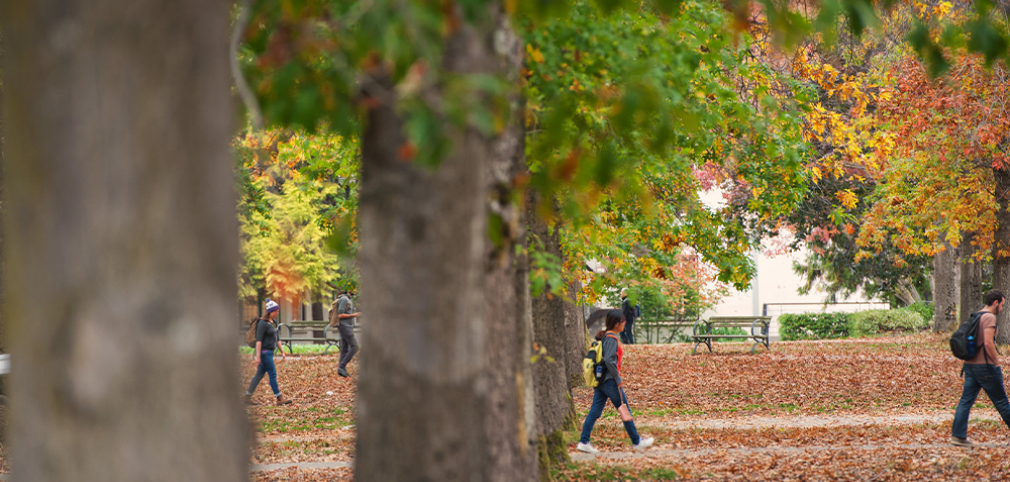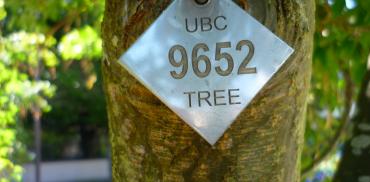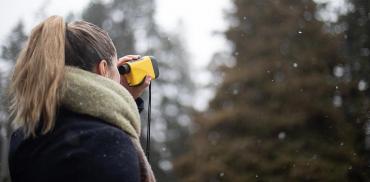Trees and Biodiversity at UBC
Trees are an important part of our campus’ look and feel, and we have been actively managing this large urban forest for close to 100 years. They provide shelter from the rain when walking between classes and shade to work under on warm days.
UBC takes pride in the diversity and amount of trees it has planted on campus since 1925. There are approximately 8,000 trees planted and over 10,000 native trees in natural settings. The University has professional arborists who manage this urban forest.
In order to enhance and protect the urban forest on campus, UBC staff are partnering with faculty and technical experts to develop a new campus-wide biodiversity and tree strategy. The strategy is to evaluate the impact of development on existing site biomass (trees, shrubs and other vegetation) against the future proposed biomass, 10 years from the completion of the development.
This new approach will go beyond merely planting new trees with the aim of achieving equal retention or within the vicinity. This approach is based on best practice standards established by Sustainable Sites Initiative (i.e., LEED for landscapes).
UBC is committed to enhancing the ecological and social well-being of the campus on all projects, and will continue to apply and learn from best practices about how to manage impacts of growth as the campus evolves.
Naming Trees
Over the course of the University’s history some trees (and benches) have been named in recognition of outstanding contributions to the University.
Naming graduation class trees is an example of how trees are named at UBC. You can read about the UBC Graduation Tree Planting Ceremony that connects graduation class years with trees on campus.
To learn more about naming, see the UBC Naming Policy below.
To learn more about named trees on the campus, see the map below:


